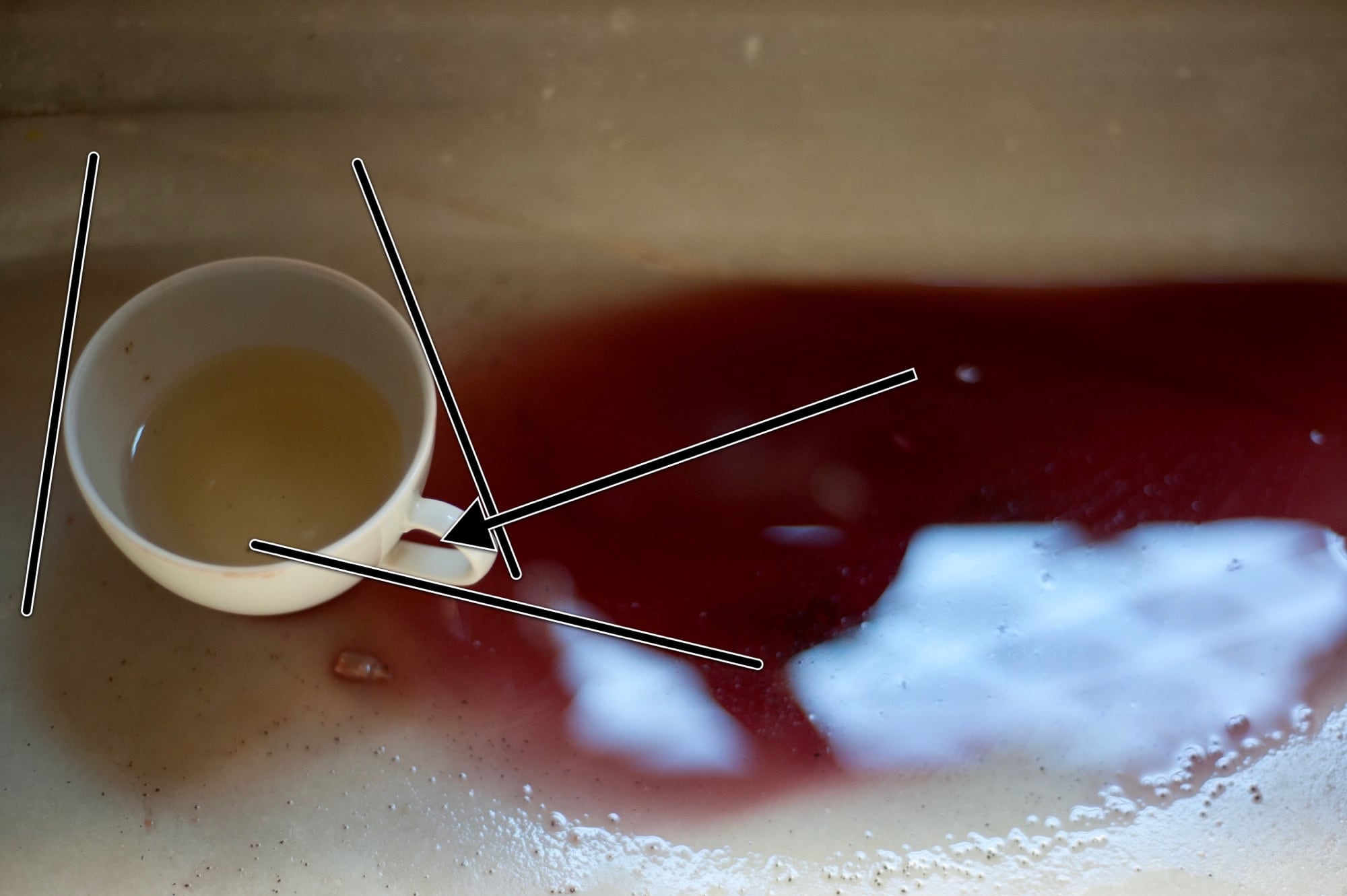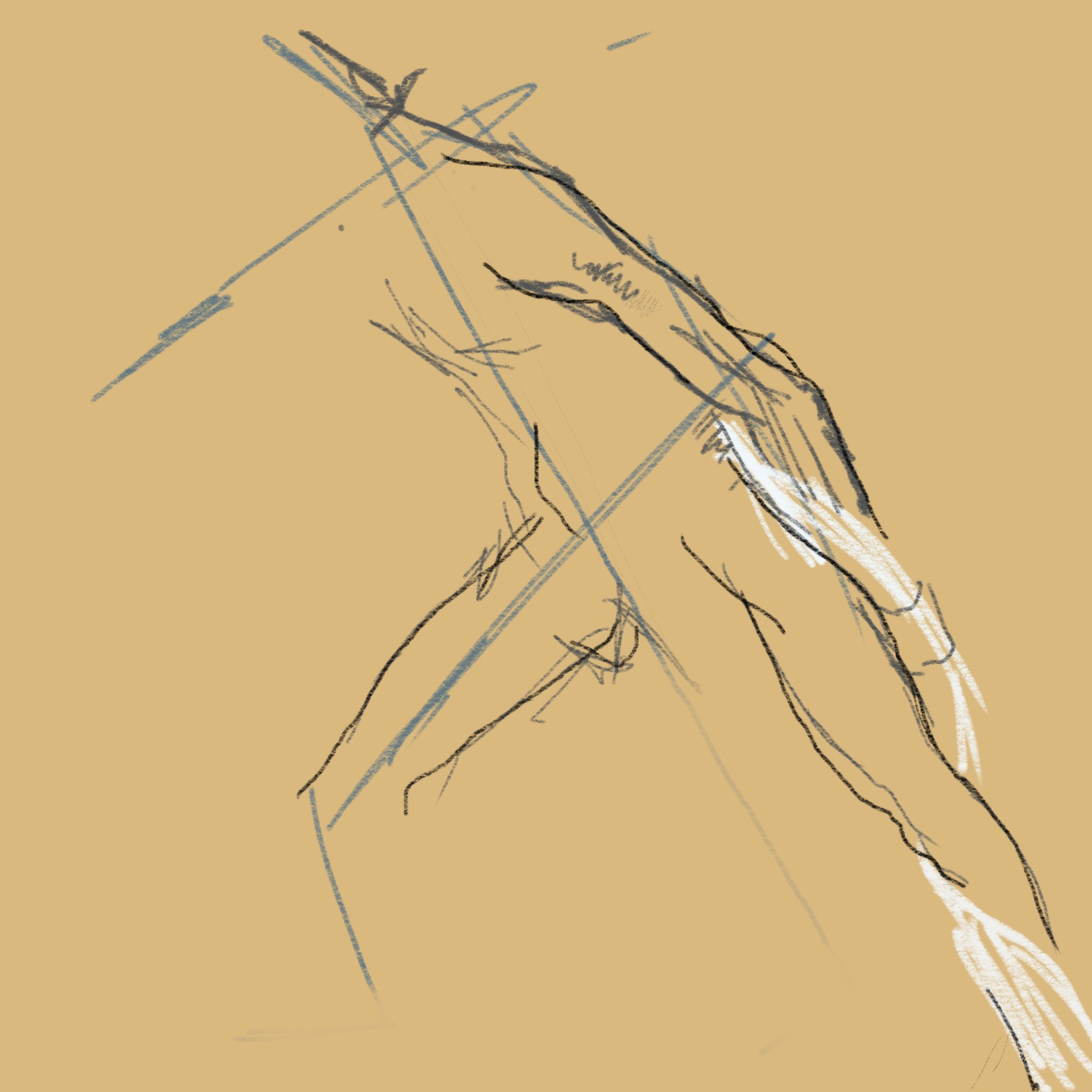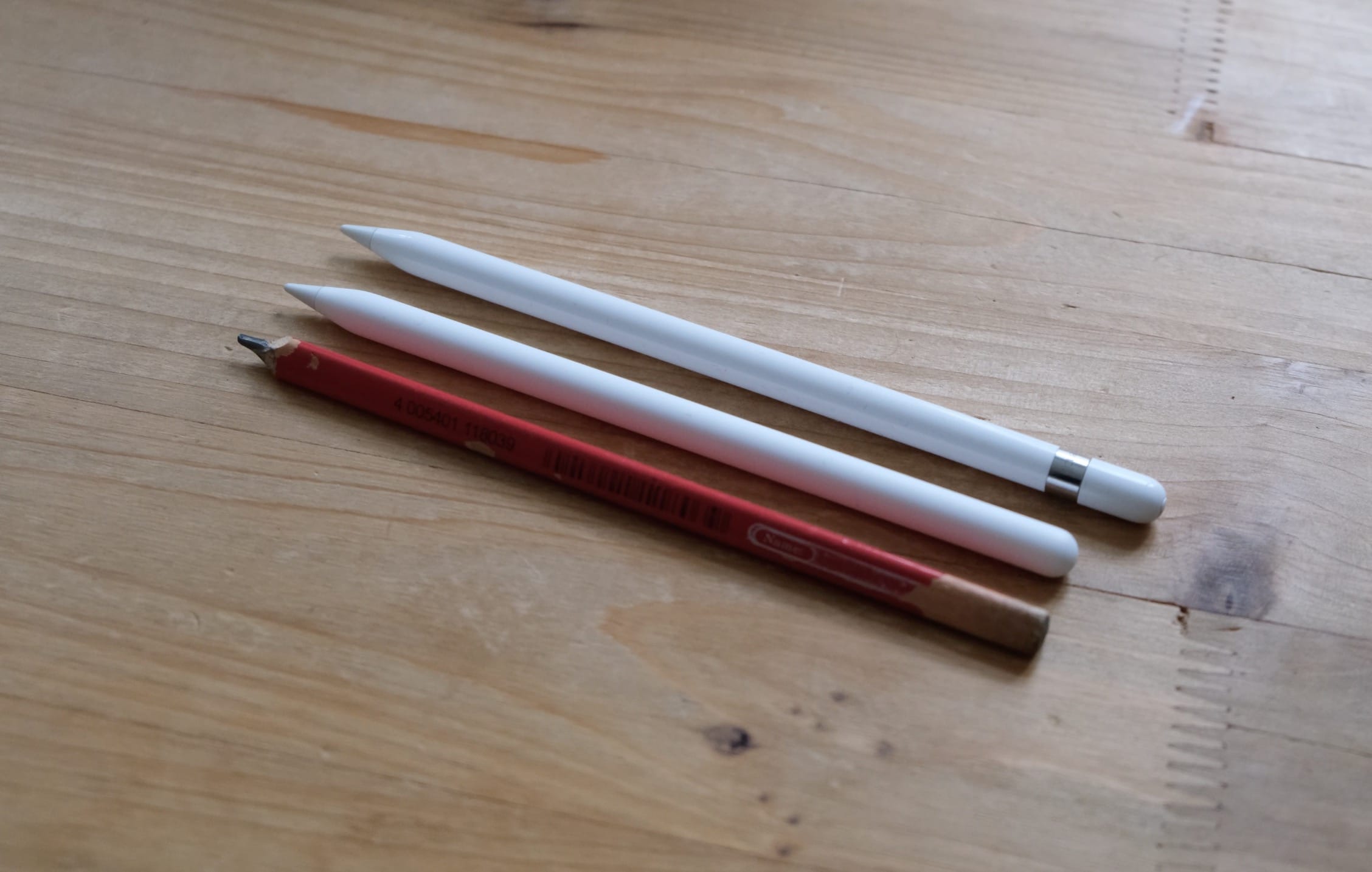Today’s how-to is a little different. I won’t be recommending special apps for learning how to draw, or even AR apps that help you trace pictures onto real paper. Instead, I’m going to give you a few tips that will help you draw what you see in front of you, whether you’re using a pencil and paper, brush and canvas, or iPad Pro and Apple Pencil.
But first, there’s good news and bad news. The good news is that you already know how to draw — you just need to learn how to look. The bad news is that the only way to improve is to practice. A lot. There’s no shortcut. You just have to do a lot of drawing.
Forget about photorealistic copies
There are lots of learn-to-draw methods that don’t actually teach you to draw or paint. They’re aimed at helping you to get a photorealistic pictures onto paper (or screen). If not photorealistic, then an accurate copy of some manga, or a cool drawing of a dragon. But drawing and sketching isn’t about photorealism. It’s about making your own version of the scene before you. Just like how you choose a crop when you make an actual photo, when you sketch, you can leave out things you don’t like, and emphasize what’s important.
The obsession with photorealistic copies being regarded as “good” drawings comes from school, I think. Who wasn’t impressed by that kid who was a “real good drawer,” and made amazingly lifelike portraits? And while it’s a great skill to have, a sketch is about a lot more than making a faithful copy of what you see.
You already know how to draw
If you can write a shopping list, you already know how to make marks on a page. You already have the coordination to make accurate, legible strokes. That sounds like a trite introduction to a lame office seminar, but it’s true. Your hand and brain already know how to do the mechanical part of drawing, and all without even thinking about it.
The problem comes when you engage the conscious brain. As soon as you start to think about the marks you’re making, you can’t do it any more. Like a golfer who thinks too much about her stoke, you’ll “choke.”
The trick, then, is to concentrate on something else, and let your life-long handwriting skills take over. You need to focus on looking.
Look and see
Copying is a legitimate way to learn. You see groups of art students in galleries and museums, sitting and sketching copies of known works.
But what they’re also doing is learning to see. And drawing and painting from life are pretty much 99 percent looking and seeing.
This is the absolute key. You may think that you’re looking at a nose, and drawing that nose, but what’s probably happening is that you’re looking at a face, realizing that the nose is the next thing you have to draw, and then drawing what you think a nose looks like. The thing is, you can’t put a nose on the paper. You can only make flat marks, or blocks of light and shade.
What you have to do, then, is learn to look. Put a cup, or an apple, or both, on the desk, and look at them. But don’t look at the cup or the apple. Look at the shapes that make them up. Start with a single line, perhaps the straight side of the cup. Close one eye and hold up your pencil in front of your eye, lining it up with the edge of the cup, just like artists do in cheesy movies.
Yes, artists do that in real life! What you’re doing is using the pencil to measure the actual angle of the line, instead of just guessing the angle. Take a look at the angle of pencil itself. You might be surprised at what it shows you. You can now hold it in front of the paper/canvas/screen (keeping the angle that same), to eyeball the angle before you make the mark.
Negative space
Our brains are great at recognizing patterns, and creating them where none exist. It’s very hard to separate these mental patterns from the shapes beneath them. If you look at the handle of a coffee mug, you’re blinded by the handle.

Photo: Charlie Sorrel/Cult of Mac
One classic trick is to use “negative space.” This is the shape of the spaces in between objects. So, instead of drawing the handle, you first look at the shape inside the handle, the shape of the wall behind that is showing through the hole. You draw that. Then you may look at the gap between where the top of the handle joins the mug. Try to ignore the handle itself. Instead, draw the spaces around it. They don’t even have to join up.
You’ll find that it’s a lot easier to see the shapes in front of you when you’re not focusing on the concept of a cup, or a nose. As you progress, you’ll find that you almost never look at an eye, or an apple leaf. You will be focused on, perhaps, the flat planes of the face, or the shape of the space between two fingers. And when you step back from the page, these separate elements will comes together in your brain to make the whole scene, face, landscape, or whatever you’re creating.
You might be surprised the first time this happens. And many times afterwards.
Practice
The most important thing, after striving to see, is to practice. Just crank out the pictures. Draw anything, and anyone. Draw the corner of the dentist’s waiting room, draw the way two people are leaning together at the next table in the coffee shop. If they leave before you’re done, so what?
There are also a few tricks that can help you. Find a mirror, and look at your face. Now, look at the top of your ears, and make a mental line from them to the tops of your eyes. Look at the angle of a line drawn from the outer corner of your eye, to the outer tip of the eyebrow above it. Or from the widest point of your nostrils to the corner of your lips, or the distance from the bottom of your nose to the top of your lips. While you’re there. Check the curve of that little chunk cut from the top edge of the top lip.
What you’re doing is measuring and plotting out the face. This works for any subject, near or far, and lets you make objective observations, unclouded by the face, tree, table, or buildings before you. Alternate between making these individual measurements, and stepping back to view the whole.
Also, if you’re having trouble seeing something, try squinting to blur the view. Sometimes this helps.
The iPad can help

Photo: Charlie Sorrel/Cult of Mac
So far, all this advice applies to any medium. But if you’re using the Apple Pencil and the iPad, there are some extra tricks. Because you can undo and erase any mark, the iPad is perfect for drawing and sketching. You never have to worry about ruining a picture with a badly-made mark.
Likewise, use layers. Maybe you use a big brush to sketch the main shapes in a portrait on the bottom layer — the direction of the arms, the angle of the head, etc. Measure these as we learned above. Then lock that layer, and start a new one. Now you can get more detailed, with the main layer as a guide. And you can always go back and change the underlying layer if you realize it wasn’t right.
The iPad also lets you flip an image. Artists will often view their work in the mirror. Mistakes — previously hidden by their brains — will pop out. On the iPad you can just flip the canvas.
Best iOS drawing apps?
OK, maybe you really do want an app recommendation. Try Procreate for painting and drawing. It really is amazing. If you want something simpler, check out Linea Sketch for iPad. But really, the app doesn’t matter. What matters is how you look, and how much you practice.
And if you do start sketching, share some of your pics with us via Twitter.


